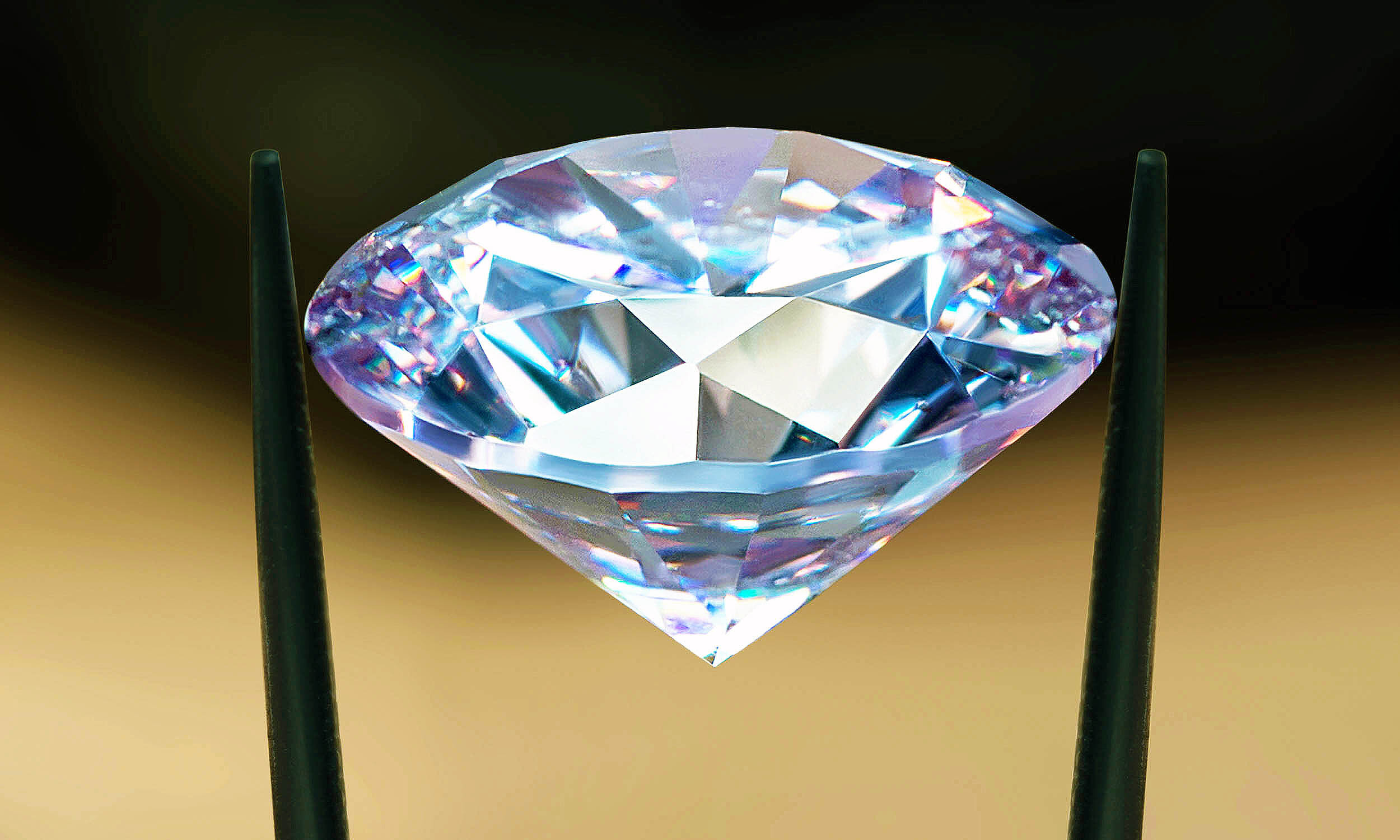- cross-posted to:
- science@mander.xyz
- technology@lemmy.ml
- cross-posted to:
- science@mander.xyz
- technology@lemmy.ml
The diamonds produced using this method are minuscule, hundreds of thousands of times smaller than those grown with the HPHT method. Hence, these diamonds are far too small for jewelry applications.
Ah, there’s the catch.
Not a catch, majority of diamonds are used in industries and need to be small.
It’s a catch when your perspective is hoping it will impact the negatives of the jewelry industry.
The problem wouldn’t be fixed even then. The jewelery companies have people convinced that the only diamonds that are worth it are mined from the earth by a real human slave. Fixing that problem has nothing to do with gemstones.
companies have people convinced that the only diamonds that are worth it are mined from the earth by a real human slave
Is this still the case? I feel like I’ve seen “conflict free” as a selling point for (presumably labgrown) diamonds.
Me too. I’ve also heard synthetic gemstones can have colours and structures unlike anything that can form naturally. I want one of those, so that nobody would mistake it for a mined stone.
deleted by creator
and surpass any natural sized ones
What’s the biggest synthetic diamond we’ve made so far? Has anyone made diamond spectacles or windows?
They’re quite brittle, so probably not a window like you’re thinking.
https://www.thorlabs.com/newgrouppage9.cfm?objectgroup_id=15962
10mm diameter for just over £1000.
10mm diameter
Ah, so still not quite Cullinan-scale yet. Optical quality is probably better though.
I’m surprised diamonds aren’t used more for lenses. Given its high index of refraction, it seems like an ideal material.
Yeah, the optical quality seems to be the main point. I assume there’s few fields where that level of precision is worth it though. I doubt we’re about to see it on an iPhone any time soon.
For now. But diamonds are used for much more than simply jewelry. They have a vast number of industrial applications.
They do mention that. Likely have applications in industrial drilling and sandpaper
Shoe soles.
Really? That’s pretty cool.
No, see my comment above. It’s a reference to a Paul Simon song, “Diamonds on the soles of her shoes”. While they might make the shoe soles last longer, they would be abrasive to flooring materials, and so not really practical at any price.
Ah thanks for the clarification. What was the point (ha!) of the shoes in the song? Surely it wasn’t just scratching floors?
The song is a rich girl/ poor boy love song with some significant political commentary, made more palatable by the catchy tune. The rich girl is so wealthy she could afford to have diamonds on her shoe soles. This was released on Graceland in 1986. Diamonds were/are mined in South Africa - dug from the ground by poor South Africans. The whole story about DeBoers controlling the supply and price of diamonds may not have broken at that point. And even to this day we can’t synthesize large ‘jewelry’ grade diamonds.
Dang, and I was thinking it was time to put ‘diamonds on the soles of my shoes.’
Calm down Paul
Slip out the back, Jack
Get a new plan, Stan
Fuck off, Geoff
Keep an eye on your kidney, Sydney.
Ta na na na
You can, just very small ones
I’m thinking it would be a bit rough on the floor boards. Paul got me interested, but it’s not really practical.
They should really start with this
Diamond industry is just a scam, see the documentary " Nothing lasts forever ".
Abstract
Natural diamonds were (and are) formed (thousands of million years ago) in the upper mantle of Earth in metallic melts at temperatures of 900–1,400 °C and at pressures of 5–6 GPa (refs. 1,2). Diamond is thermodynamically stable under high-pressure and high-temperature conditions as per the phase diagram of carbon3. Scientists at General Electric invented and used a high-pressure and high-temperature apparatus in 1955 to synthesize diamonds by using molten iron sulfide at about 7 GPa and 1,600 °C (refs. 4,5,6). There is an existing model that diamond can be grown using liquid metals only at both high pressure and high temperature7. Here we describe the growth of diamond crystals and polycrystalline diamond films with no seed particles using liquid metal but at 1 atm pressure and at 1,025 °C, breaking this pattern. Diamond grew in the subsurface of liquid metal composed of gallium, iron, nickel and silicon, by catalytic activation of methane and diffusion of carbon atoms into and within the subsurface regions. We found that the supersaturation of carbon in the liquid metal subsurface leads to the nucleation and growth of diamonds, with Si playing an important part in stabilizing tetravalently bonded carbon clusters that play a part in nucleation. Growth of (metastable) diamond in liquid metal at moderate temperature and 1 atm pressure opens many possibilities for further basic science studies and for the scaling of this type of growth.
Just a thought, but could these tiny diamonds be used to coat the surface of car tires to lower the amount of micro plastics they emit?
The softer material will be chewed to pieces by the harder one. How much are you willing to spend on road maintenance?
Just cover the road in diamonds, easy. Or, as a more realistic approach, enhance railway infrastructure to minimise the need for cars.
I keep saying it, big, orange, hot wheels tracks.
Rail transport is the way to go. Hands down, my favorite way to travel.










